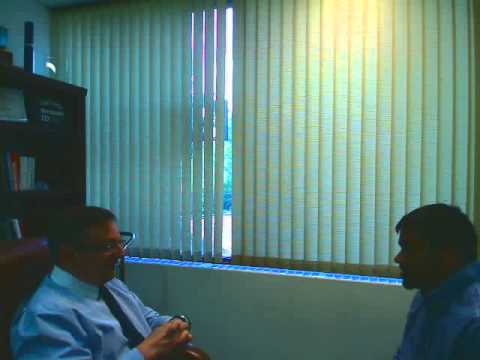![]()
![]()
Share This Page
Getting more in Debt to reduce debt?
Submitted by Phil McDowell on Fri, 01/28/2011 - 15:46
Effective March 18, 2011, Canadian default insured mortgages have three changes: no more Home Equity Line of Credit default insured mortgages; maximum amortization is reduced from 35 years to 30 years...but the last has me puzzled.
Minister Flaherty, the Federal Minister of Finance, has said that Canadians are using their homes as Automated Teller Machines to withdraw money for useless consumer spending such as flat screen TV's and vacactions. He is putting a stop to that. He is going to make Canadians reduce their debt and keep more equity in their homes.
Last year, he reduced the amount that could be withdrawn from the equity of a home from 95% to 90%. Now the maximum withdrawal is up to 85% of the value of the home. Why not just eliminate the ability to withdraw equity from a home from the insured mortgage market- completely? Keeping the 85% loan to value just does not make financial sense.
Most people can borrow a maximum of 80% on the value of their home now. This is without the default insurance coverage, that is controlled by the Minister of Finance.
That portion of funds you would get as "extra cash" from your home, that 5% of home value comes at an extraordinarily steep loss of equity for the extra money received.
Take a look at this example. It's a home valued at $400,000. Most could borrow 80% or $320,000, before Minister Flaherty's scheme of default insurance premiums kicks in at higher loan values against property values.
85% loan against the value creates $20,000 more cash that can be tacked on compared to the mortgage that has a maximum 80% of the home value.
Comparing the $320,000 to the $340,000 refinancing options, let's assume the interest rate for each is 4% for a five year fixed term; and, the amortization is the new 30 year amortization.
The default insurance premium tacked on against your home equity is 1.95% of the total loan. That's $6,630 in our example. Your equity is reduced by $26,630, not $20,000. That's 33.15% more debt than $20,000.
At the end of five years, with that default insurance tacked on, your mortgage balance is $313,350.54 after making $98,898 in payments. The lower, 80% mortgage balance would be $289,277.82. ($24,072. 72 equity difference); after making $91,299.60 in payments ($7,598.40 payment difference). The five year trade off is $31,671.12 for $20,000 additional borrowed on the house.
But, you may think you are going to save because mortgage rates are still low compared to an unsecured lines of credit? That will depend on the interest rate of the line of credit and the mortgage to be sure. And, we know that ines of credit have higher rates of interest than mortgages. That's true. But, how high are lines of credit compared to mortgages rates?
And Phil- you didn't compare the much lower variable rates at Prime minus .80. That makes them 2.2% now.
OK. Let's look. The five year trade off is $29,383.30. for $20,000 additional borrowed on the house.
The unsecured line of credit rate has to average over 11.67% before you save anything with the default insured mortgage when using a fixed rate; or average 9.38% when comparing a variable, provided the variable rate mortgage has no rate change.
Your circumstance will be different that this example, of course. Please feel free to describe what you are thinking of doing as far as home refinance options goes, and let's look at what the numbers say.









